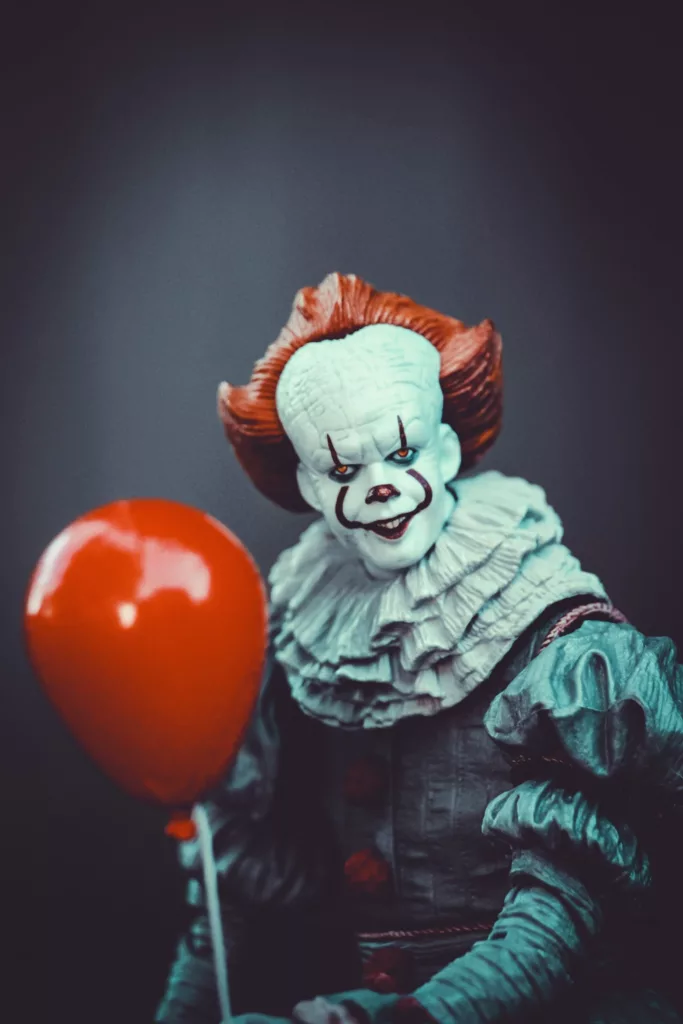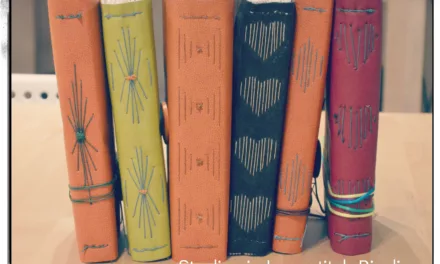Introduction.🤡
Clown makeup is a fascinating and integral aspect of the rich tradition of clowning, a form of entertainment that dates back centuries.
The art of applying clown makeup goes beyond the mere act of embellishing one’s face; it is a symbolic representation of the character and emotions a clown embodies.Traditionally, clown makeup features exaggerated features, vibrant colors, and bold patterns to enhance facial expressions and make them visible from a distance.
The iconic white face, brightly colored cheeks, and exaggerated smiles are iconic elements that immediately evoke the playful and whimsical nature of clowns.
What are the key steps and techniques involved in applying clown makeup to create a captivating and entertaining look for performances?
The process of applying clown makeup is an art form in itself, often requiring precision and creativity. Professional clowns develop their own unique designs, allowing them to express their individuality within the broader tradition of clowning.
The transformation begins with a base of white makeup, serving as a blank canvas for the creation of various facial expressions.The eyes and lips are accentuated with bold colors, often in exaggerated shapes, to draw attention to these expressive features.
Beyond its aesthetic significance, clown makeup plays a crucial role in conveying emotions and connecting with the audience.The exaggerated features help amplify facial expressions, ensuring that even those seated at a distance can easily interpret the clown’s emotions.

From joy and laughter to sadness and surprise, the versatility of clown makeup allows performers to communicate a wide range of feelings, contributing to the overall entertainment experience.
In addition to its artistic and expressive qualities, clown makeup also serves as a powerful tool for character development.
Different clown personas, such as the classic whiteface, auguste, and tramp, each have distinct makeup designs that reflect their personalities.
The whiteface clown, for instance, often represents authority and elegance with its stark white base, while the auguste clown embraces a more chaotic and mischievous look with colorful and asymmetrical patterns.
Clown makeup has evolved over the years, influenced by cultural shifts, individual creativity, and changing perceptions of clowns in society.While the classic circus clown remains a timeless symbol, contemporary clowns may adopt more subtle and modern variations of makeup to suit different performance contexts.
Whether in the circus ring, on the stage, or at various events, the art of clown makeup continues to captivate audiences, transcending its role as mere decoration to become an integral part of the clowning tradition.
What is the historical evolution of clown makeup and how has it shaped the iconic look associated with clowns today?
The history of clown makeup is as colorful and diverse as the makeup itself.The origins of clowning can be traced back to ancient civilizations, where jesters and comedic performers adorned their faces with rudimentary pigments.
However, the recognizable and iconic clown makeup we know today began to take shape in the 18th and 19th centuries.
One of the earliest influential figures in the evolution of clown makeup was Joseph Grimaldi, an English actor and comedian who rose to fame in the early 19th century.Grimaldi’s portrayal of “Joey the Clown” featured a white face with exaggerated red lips and black triangles over the eyes.
His distinct makeup not only contributed to his comedic persona but also set a standard for future generations of clowns.As circuses gained popularity in the 19th century, so did the art of clowning.

The circus environment demanded larger-than-life performances visible to audiences seated far from the ring.This necessity led to the development of bold and vibrant makeup designs, ensuring that facial expressions were easily discernible.
Whiteface makeup became a staple, creating a striking contrast that highlighted the clown’s facial features.
The early 20th century saw the emergence of different clown archetypes, each with its own makeup style.The “auguste” clown, characterized by a more colorful and anarchic appearance, contrasted with the elegant whiteface.Another archetype, the “tramp” or “hobo” clown, embraced a disheveled look, often with smeared makeup and exaggerated facial hair.
The mid-20th century witnessed the golden age of circus and clowning, with performers like Emmett Kelly and Lou Jacobs leaving an indelible mark on the history of clown makeup.
Emmett Kelly’s iconic “Weary Willie” character, a sad-faced hobo, became famous for its minimalistic yet poignant makeup, emphasizing the expressive power of simplicity.
In the latter part of the 20th century and into the 21st century, clowns expanded beyond the circus ring, finding a place in various forms of entertainment, from television to stage performances.The art of clown makeup continued to evolve, with contemporary clowns experimenting with new styles while honoring traditional designs.
Today, clown makeup remains a dynamic and integral part of the clowning tradition.From the classic whiteface to inventive modern variations, the history of clown makeup reflects the creativity, diversity, and enduring appeal of this timeless form of entertainment.

How does clown makeup contribute to the joy, playfulness, and universal appeal of a performance?
1.Joy and Playfulness:
– The vibrant colors and iconic whiteface of clown makeup immediately convey a sense of joy and playfulness, setting a lighthearted and whimsical tone for the performance.
2.Mischief and Mystery:
– Darker colors or unique patterns in clown makeup can evoke a feeling of mischief and mystery, adding depth to the character and creating a sense of intrigue.
3.Empowerment and Transformation:
– The process of applying clown makeup becomes a ritualistic transformation, empowering the performer to step into a larger-than-life character and enter the fantastical world of the clown.
4.Laughter and Amusement:
– The exaggerated features and expressive makeup enhance the clown’s ability to convey humor, eliciting laughter and providing a source of amusement for the audience.
5.Connection and Visibility:
– Clown makeup ensures that facial expressions are visible even from a distance, fostering a sense of connection between the performer and the audience and enhancing the overall entertainment experience.
6.Surprise and Exaggeration:
– The bold features and high-contrast patterns allow clowns to exaggerate facial expressions, creating moments of surprise and adding a dynamic element to the emotional range of the performance.
7.Universal Appeal:
– The universal nature of clown makeup transcends cultural and linguistic barriers, bringing people together through shared laughter and joy, contributing to a sense of communal entertainment.
Remember, clown makeup is a versatile and expressive tool that encompasses a spectrum of emotions, from the immediate joy and playfulness to the nuanced expressions that connect performers with their audience on a deeper, emotional level.
Why like the clown Makeup? 🤡
Clown makeup holds a unique and enduring appeal for several reasons.
Firstly, it serves as a visual representation of the clown’s character, conveying emotions and personality traits in a heightened and exaggerated manner.
The bold and vibrant colors, along with distinctive patterns, help amplify facial expressions, making them visible to a wide audience, especially in large venues like circus tents or theaters.
Secondly, clown makeup adds an element of playfulness and whimsy to the performance.The transformation of a clown’s face through makeup contributes to the suspension of disbelief, creating a fantastical and entertaining atmosphere.
The theatricality of the makeup enhances the overall experience for both children and adults, creating a sense of wonder and joy.Moreover, clown makeup is deeply rooted in tradition and cultural symbolism.
Different clown archetypes, such as the classic whiteface, auguste, and tramp, have their own distinct makeup designs that reflect specific characteristics and roles within the clowning world.
This tradition connects contemporary clowns to a rich history of performers who have used makeup to communicate, provoke laughter, and engage audiences throughout the centuries.
Additionally, the exaggerated and transformative nature of clown makeup allows performers to adopt a persona distinct from their everyday selves.This sense of anonymity and transformation gives clowns the freedom to express themselves in ways that might not be possible without the mask of makeup.
It provides a creative outlet for self-expression and allows performers to connect with audiences on a deeper, emotional level.In a broader context, clown makeup is not only about entertainment but also about breaking down barriers.
The whimsical appearance of clowns often transcends cultural and linguistic differences, bringing people together through laughter and shared joy.Clowns, adorned in their unique makeup, have a universal appeal that transcends age, background, and language, fostering a sense of community and lightheartedness.
In essence, people are drawn to clown makeup because it encapsulates the essence of joy, creativity, and theatricality.It’s a form of art that goes beyond mere decoration, becoming a powerful tool for communication and expression in the world of entertainment.
Conclusion
In conclusion, clown makeup is a multifaceted art form that transcends mere decoration, playing a pivotal role in the world of entertainment.Its vibrant colors and iconic designs communicate a spectrum of emotions, from joy and playfulness to mystery and intrigue.
The transformative nature of clown makeup empowers performers, allowing them to step into larger-than-life characters and connect with audiences on a deeper, emotional level.
Laughter and amusement are inherent in the exaggerated features, creating shared moments of joy that bridge cultural and linguistic gaps.Ultimately, clown makeup stands as a timeless and universal tool, captivating audiences and bringing a sense of communal entertainment to diverse audiences around the world.
Here best Article below
How to Mastering Natural Makeup Looks on Brown Ski…
A Quick Guide to Effortless Daily Makeover and Makeup





